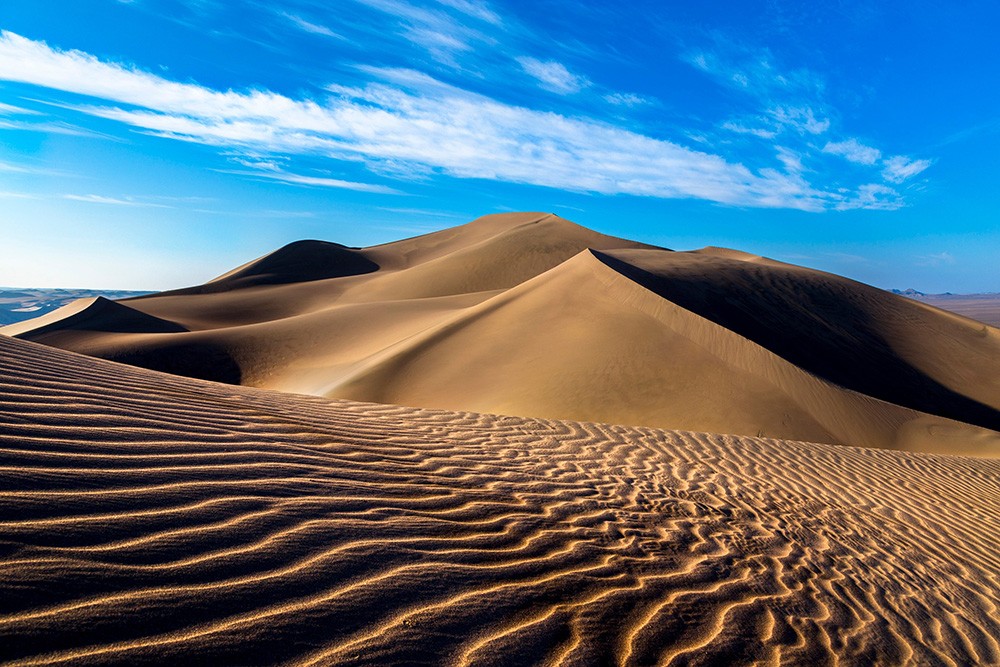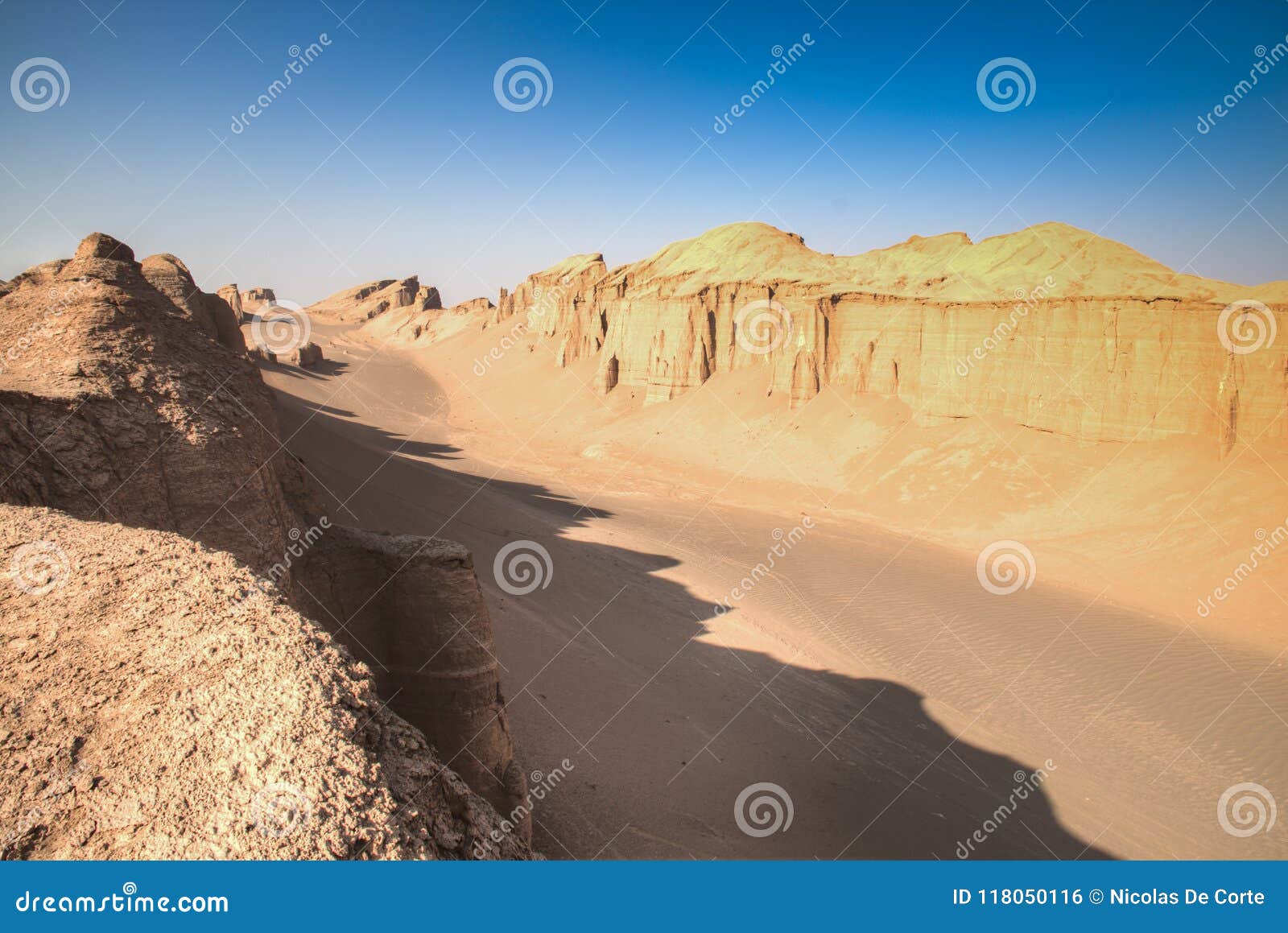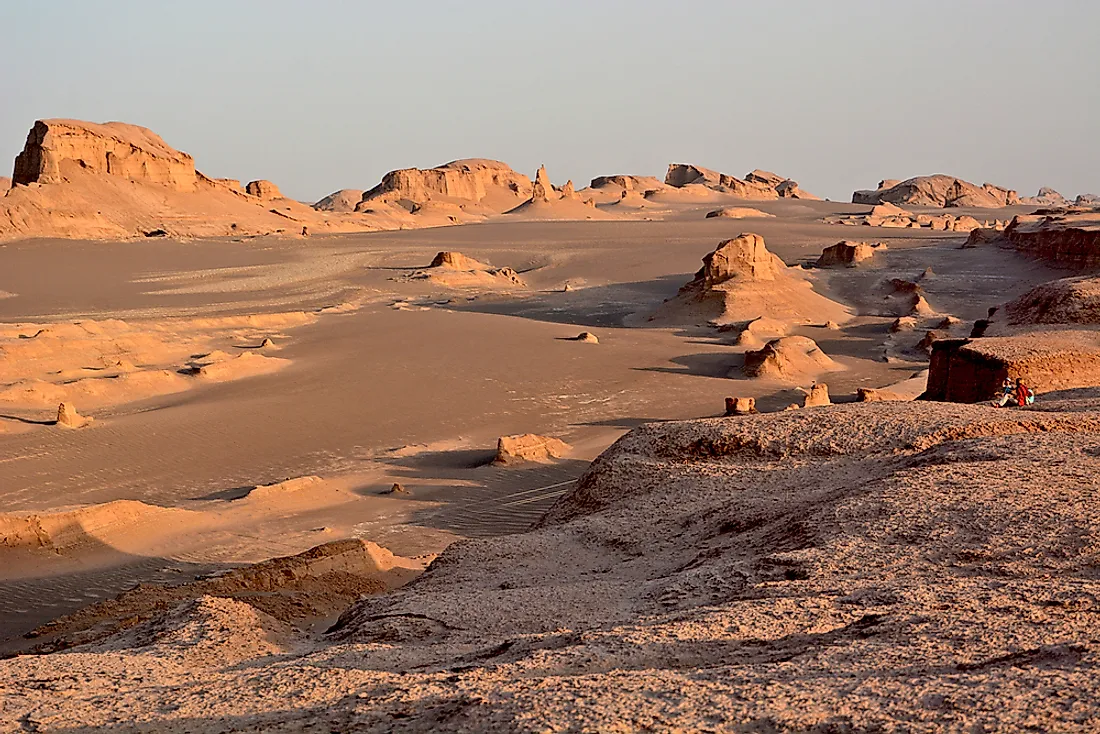

The region is so unique that it was inscribed as a UNESCO World Heritage Site in 2016. A temperature of 70.7˚C (159.26˚F) has been recorded on the property.

The Lut Desert is a land of dramatic and extreme environmental conditions-very low precipitation, long periods of high wind, unique land formations, and some of the hottest temperatures ever recorded on Earth. Because the basin is surrounded by mountains, it is in a rain shadow which creates a hyper-arid climate. The desert sits in a low-lying interior basin that reaches 185 meters (607 feet) below sea level. Obviously, there is more to be explored since these two cannot be the only things sustaining the ecosystem but the knowledge is a start consider there was none before.On January 18, 2021, the Moderate Resolution Imaging Spectroradiometer (MODIS) on NASA’s Terra satellite acquired a stunning true-color image of south-eastern Iran’s Lut Desert.Īlso known as Dasht-e-lut, the 2,278,015-hectare arid region straddles the provinces of Kermān, Sistāno Balūchestān and Khorāsān-e Jonūbi. Questions as to how the ecosystem supports itself may be answered by the dead migratory birds and a shallow basin of salty water. There are several insects, desert foxes, and reptiles. However, a team that braved the desert uncovered a fully functioning ecosystem. Also, most researchers feel like the desert is not worth the effort of studying as it may not sustain any life within. The ecosystem of the desert has been vastly unexplored to date because of the unforgiving conditions. The name of this part of the desert, according to legend, came when wheat was left on the lava accidentally only for it to be charred by the searing heat. This particular region is a part of the desert that is covered with dark lava spanning an area of approximately 190 square miles. These high temperatures were recorded in the Gandom Beryan (which means “toasted wheat”) region of the desert. This high temperature only applies to the surface though, the air temperatures are much cooler. The data recorded showed that the surface temperatures in the desert have hit an intense 159.3 ☏ (70.7 ☌) at some point. There are more landforms in the region but these two are the most visible due to sheer size.Īccording to equipment installed by NASA which was recording data from 2003 to 2010, the Dasht-e Lut has the hottest land temperature on earth. To add to the beauty in the desert, the area is undisturbed by human beings or animals. On the other end of the desert, the east, there is a massive sand-sea due to the strong winds that also adds to the impressiveness of the desert. These features are more common in the west of the desert.

Essentially, yardangs are huge sand dunes that are stacked in a way that they appear corrugated. Arguably, the most impressive of these formations on the landscape are the yardangs. The Lut Desert is renowned for its picturesque landscape especially when viewed from the sky. Dasht-e Loot has a length of 300 miles and a width of 200 miles which translates to a massive 60,000 square miles. The Dasht-e Lut has an area of about 20,000 square miles and is among the largest in the vicinity. The Lut Desert is part of the Dasht dry lake basins (that are now deserts) in Iran alongside the Dasht-e Loot, Dasht-e Kavir, and other smaller ones. In the religious texts, he was a messenger of God who was sent to Sodom and Gomorrah. This prophet is the same as the Lot from the Bible’s Old Testament as well as from the Qur’an. The name “Lut” is an Arabic reference to Prophet Lot. Compared to other deserts in the world in terms of sheer size, the Lut Desert is at position 27. More specifically, it is located in three provinces namely Kerman, Baluchestan, and Sistan. The Dasht-e Lut Desert, which is also known as the Lut Desert, is an extensive salty desert that is in the southeastern side of Iran.


 0 kommentar(er)
0 kommentar(er)
